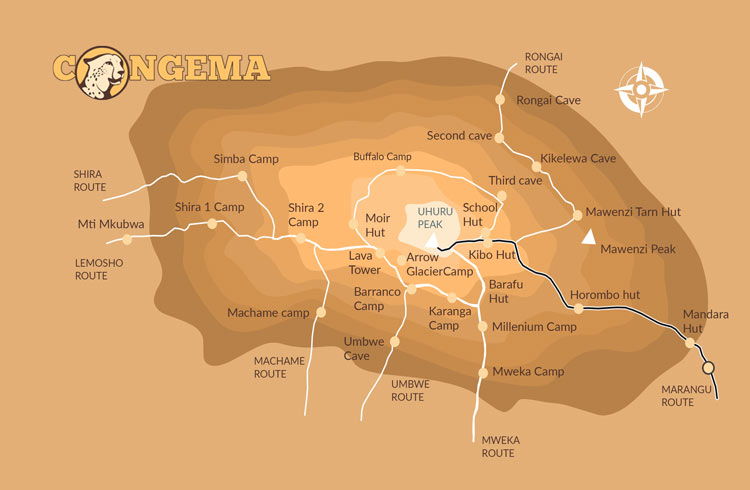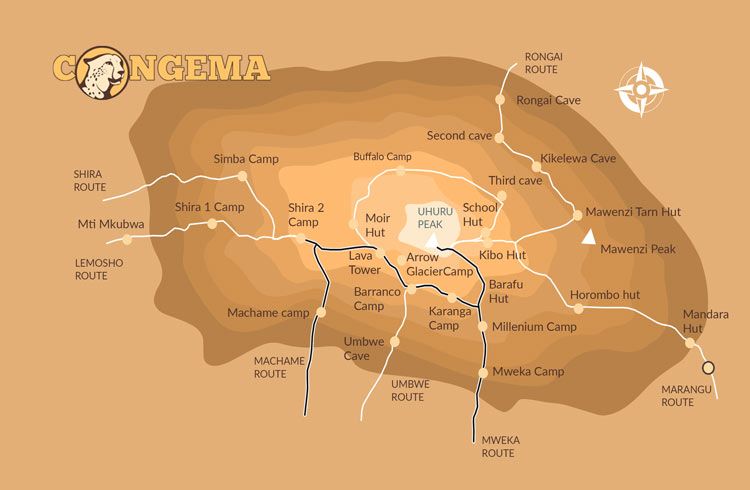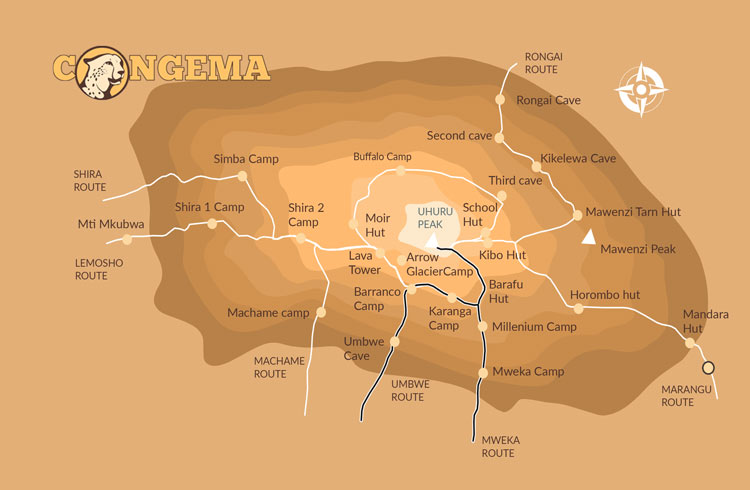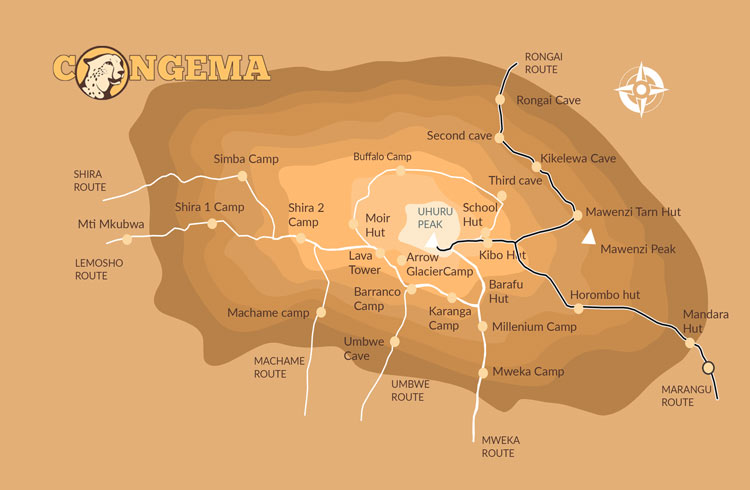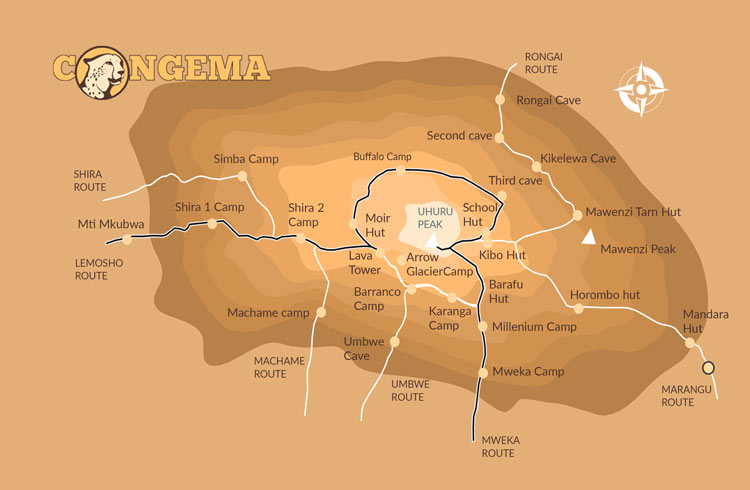Altitude sickness is something that too few people consider when taking on a climbing expedition. Whether you are a first time climber or a seasoned veteran, it can never be too soon to consider the risks and effects of altitude sickness and think about how to prepare for it should it hit you.
It is quite common for people to think that extra weight around the middle or a general lack of peak fitness are the root causes behind altitude sickness, but in truth that is just not the case.
Is Altitude Sickness Random & Unpredictable?
Research on the Internet may indicate that altitude sickness is caused randomly and is unrelated to a person’s age or level of aerobic fitness. You may also see information that acute altitude sickness comes on all of a sudden at specific altitude levels. Whilst weight can be a factor, how one person’s body is affected is not predictable with any accuracy and there is little causation that one can point to.
However, this sort of information is only useful when taken in context. The tests for altitude sickness for research purposes are typically performed by taking someone from sea level up to an elevation of several thousand meters quickly, and then seeing the effects. Much like with surfacing too quickly when scuba diving, it is not always the depth or elevation involved, but the speed with which you move upwards that matters.
As a side issue to be aware of, somebody who suffers from a respiratory disease like asthma is much more likely to experience breathing difficulties at higher elevations, if not altitude sickness specifically.
How Do You Avoid Altitude Sickness Ruining Your Trip?
The most important thing to do is to arrive ahead of your planned climbing trip and give your body time to adjust as gradually as possible to the level of elevation. This cuts down the risk of experiencing a bout of altitude sickness and the unpleasant symptoms that can occur from it. Given time, the body can adjust partially or completely to the changes in altitude, but when deprived of the time to adjust, the human body has the hardest time coping.
So for those travelers that are genuinely concerned about it, we would suggest planning for a longer trip, adding in time to adjust to the elevation initially, and perhaps selecting a climbing route or climbing course that takes a more leisurely pace.

